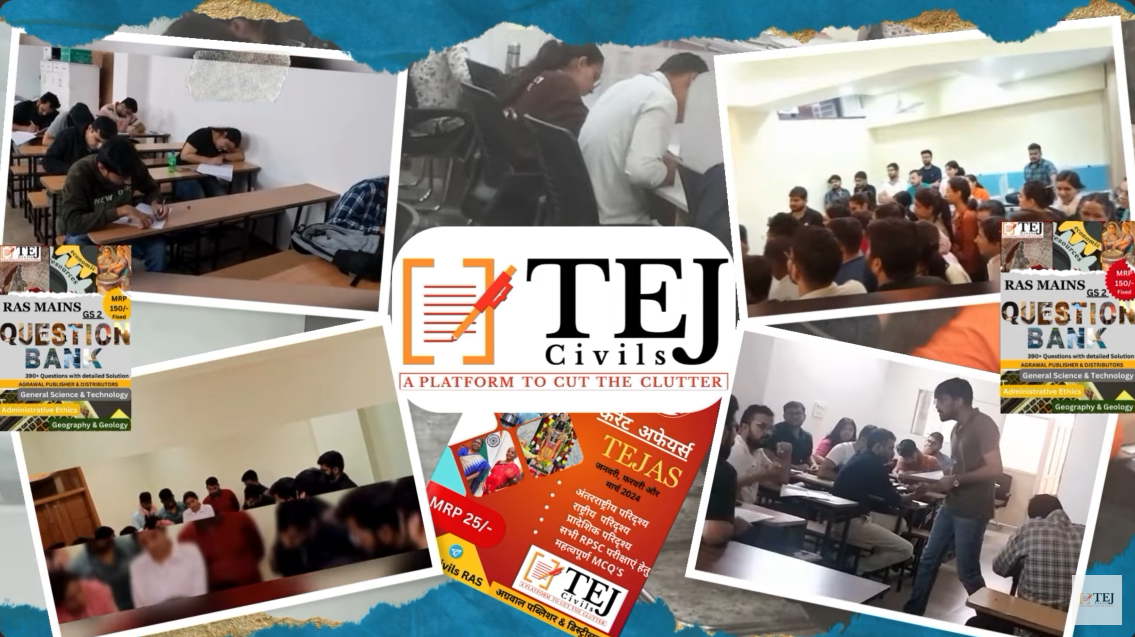Launch of 'Ek Vriksha Gau Maa Ke Naam' Campaign
Launch of ‘Ek Vriksha Gau Maa Ke Naam’ Campaign: A Step Toward Environmental and Cow Welfare
India is home to a rich cultural heritage where the respect for nature and animals is deeply embedded in its traditions. With the increasing environmental challenges, there’s a growing need for solutions that not only address ecological concerns but also promote the well-being of animals, especially cows, which hold a sacred place in Indian society. The newly launched campaign “Ek Vriksha Gau Maa Ke Naam” (A Tree in the Name of Cow Mother) combines these two vital aspects: environmental protection and cow welfare. This campaign is a call to action for citizens across India to plant trees in honor of Gau Maa (Mother Cow), symbolizing respect for both nature and the sacred animal. The initiative is a powerful example of how small individual actions can have a large collective impact on improving the environment and creating a sustainable future for both people and animals.The Need for the Campaign
As the world faces the devastating effects of climate change, deforestation, and dwindling wildlife habitats, the need to increase green cover has never been more urgent. Trees are not only vital for maintaining the planet’s ecological balance but are also crucial in combating the adverse effects of global warming. In addition to the environmental crisis, there is a growing concern about the welfare of cows, especially in rural India, where they are often neglected, abandoned, or face poor living conditions. “Ek Vriksha Gau Maa Ke Naam” presents an innovative solution by combining tree plantation with the protection of cows. The idea is simple yet profound: for every tree planted, we honor the cow mother, acknowledging her role in our society and contributing to both environmental and animal welfare. This campaign has a dual impact— it helps restore the environment while also offering a platform for people to show reverence for cows, ensuring they receive the care and attention they deserve.How the Campaign Works
The campaign encourages people across the country to plant a tree in the name of a cow. It works on an individual level, where participants can register online, choose a cow to dedicate their tree to, and plant it in their local area. Through these efforts, the initiative aims to create a network of people united by a shared mission: to protect and nurture the environment while demonstrating love and respect for cows. The trees planted under this initiative will not only add to the greenery of the area but also provide long-term benefits for the local ecosystem. Trees help in stabilizing the soil, improving air quality, providing shade, and supporting wildlife. Additionally, many tree species are beneficial for cows, as they offer natural fodder or provide shelter during the hot summer months.The Symbolism Behind the Campaign
The cow, revered in Hinduism as a symbol of purity, selflessness, and maternal care, is the central figure of this campaign. By planting trees in the name of cows, the campaign aims to bridge the gap between nature and animal protection, emphasizing the intrinsic connection between the two. Just as a mother cow nurtures her young, the trees planted will offer a nurturing environment for the future, symbolizing the sacred bond between humans, animals, and nature. Incorporating trees into the equation also brings forth the deep cultural belief in India that everything is interconnected. Planting a tree for a cow connects not only the individual with nature but also reaffirms the cultural practice of caring for both animals and the environment, a value that resonates deeply with communities across the country.The Impact on Society
“Ek Vriksha Gau Maa Ke Naam” has the potential to bring about a significant social transformation. It goes beyond just planting trees; it is about fostering a sense of responsibility and empathy toward nature and animals. The campaign calls for collective action, where communities come together to make their local environment better while ensuring that the cows—an integral part of rural life—are not neglected. The campaign is also an educational tool. Through it, people will learn about the importance of trees and sustainable farming practices. It offers a chance for children and adults alike to participate in environmental activities that will inspire future generations to continue the work of preserving both nature and the well-being of animals.A Sustainable Future
The ultimate goal of “Ek Vriksha Gau Maa Ke Naam” is to create a sustainable future where both the environment and animal welfare are prioritized. By planting trees in honor of cows, we not only contribute to ecological restoration but also create a compassionate society that values the protection and well-being of all living beings. This initiative is an important step toward creating a greener, more compassionate India. It challenges us all to think beyond our immediate surroundings and take action for the greater good. Whether you’re in a city or a rural area, participating in this campaign will help ensure that we leave a legacy of environmental health and animal welfare for future generations.Conclusion
The “Ek Vriksha Gau Maa Ke Naam” campaign is a powerful and timely initiative that combines environmental stewardship with reverence for animals. It is a call to action for individuals to play a role in nurturing the planet and caring for the animals that are integral to our culture and way of life. By planting a tree in the name of Gau Maa, we take one small step toward a larger goal of creating a harmonious, sustainable world for all. Join the movement today, plant a tree, and make a meaningful contribution to our planet and its sacred animals! Advent of Europeans in India
Advent of Europeans in India
Advent of Europeans in India
The arrival of Europeans in India marked a significant era of exploration, trade, and eventual colonial domination...
Timeline of European Arrival in India
Portuguese Arrival (1498)
- 1498: Vasco da Gama arrived at Calicut.
- 1503: First fort at Kochi.
- 1510: Capture of Goa and Bijapur.
- 1663: Dutch captured all Portuguese forts on the Malabar Coast.
The Portuguese were the first to arrive and the last to leave (1961 - Operation Vijay).
Dutch Invasion (1602)
- Focused on the spice trade; first factory at Masulipatnam (1605).
- Battle of Bidara (1759): Decline of Dutch influence.
British Entry (1600)
- 1600: East India Company (EIC) established.
- 1609: William Hawkins visited Jahangir’s court.
- 1613: First factory at Surat.
- 1717: Mughal Emperor Farrukhsiyar issued the Farman.
French Arrival (1664)
- 1664: French East India Company established.
- 1746-1763: Carnatic Wars, leading to British dominance.
Danish and Other European Powers
Limited success; sold possessions to the British in 1845.
Factors Influencing the Arrival of Europeans
- Trade: Spices, silk, and other riches.
- Strategic Location: Key for Europe-Asia trade.
- Economic Prosperity: New markets and resources.
- Religious Goals: Spread of Christianity.
Impact of European Arrival in India
Economic Changes
- Shift to cash-based economies.
- Exploitation of natural resources.
- Introduction of new crops and techniques.
Cultural Exchange
- Influence on art, architecture, and languages.
Political Transformation
- Decline of local kingdoms.
- Establishment of British colonial rule.
Portuguese Legacy in India
- Naval dominance and advanced shipbuilding.
- Cultural influences in Goa, including architecture and festivals.





















